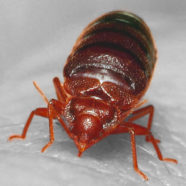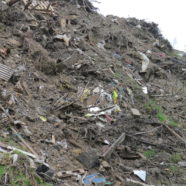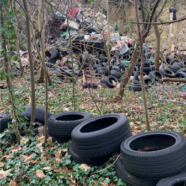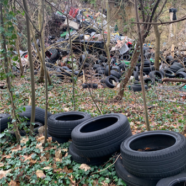(Français) Podcast Débat Public – Quel rôle pour la filière éolienne en mer dans la transition énergétique ?
“Shipbreaking” #58, the International Shipbreaking Show
“Shipbreaking” #58 (pdf – 12.3 Mo)
+ 2019 overview
72 pages – 114 sources – 223 illustrations
– Flash sale of Bramco 1 on the Chinese judicial auction platform. Large capital gain for buyers. Bramco 1 ends up in Bangladesh. p 15
The lead ball
Notre-Dame de Paris
Press release no. 11
– Almost 10 months after the fire at Notre-Dame, the clean-up of the archaeological crypt begins next week. According to the call for tenders issued by Paris Musées on 16 August 2019, the aim is to reduce lead pollution ‘to levels close to zero’. The highest levels are between 40,000 and 50,000 µg/m2. The work will be complicated by the recent proliferation of mould due to the lack of ventilation and dampness in the premises. The crypt is located under the forecourt of Notre-Dame. It has a floor area of 2,200 m2.














